Car window safety remains a critical concern for drivers worldwide, especially regarding claims about “bulletproof” or shatter-resistant glass. Many vehicle owners wonder about their windows’ actual protective capabilities during emergencies or attempted break-ins. Understanding the reality behind these claims can save lives and prevent dangerous misconceptions. Vehicle Trade US provides comprehensive automotive safety information to help consumers make informed decisions about vehicle security features.
Modern automotive glass technology has evolved significantly, but marketing claims often exaggerate actual protective capabilities. Standard car windows are designed primarily for safety during accidents, not protection against intentional damage or attacks. Additionally, different window types throughout a vehicle offer varying levels of resistance to impact and penetration.
Emergency situations frequently raise questions about window vulnerability, particularly when people need quick escape routes. Many wonder can a brick break the rear window in an escape? The answer depends on several factors including glass type, impact location, and force applied. Therefore, understanding these variables helps people prepare for potential emergency scenarios.
Understanding Automotive Glass Types
Tempered Safety Glass
Most car windows use tempered safety glass, which undergoes special heat treatment to increase strength. This process makes the glass approximately four times stronger than regular glass. However, tempered glass is designed to shatter into small, relatively harmless pieces when broken, prioritizing occupant safety over break-in resistance.
The tempering process creates internal stress patterns that give the glass its strength. When sufficient force is applied, especially at edges or corners, the entire window shatters almost instantaneously. Additionally, this design prevents large, dangerous shards from causing severe injuries during accidents.
Tempered glass offers reasonable protection against casual impact but remains vulnerable to determined attacks. A properly aimed strike with a hard object can easily break these windows. Therefore, claims about “bulletproof” tempered glass are misleading and potentially dangerous.
Laminated Safety Glass
Windshields typically use laminated safety glass, consisting of two glass layers with a plastic interlayer. This construction prevents the glass from shattering completely when broken, maintaining structural integrity even after significant damage. However, laminated glass is not bulletproof despite its enhanced durability.
The plastic interlayer, usually polyvinyl butyral (PVB), holds glass fragments together after impact. This design prevents ejection during accidents while maintaining visibility through cracked but intact windshields. Additionally, laminated glass provides better sound insulation and UV protection compared to tempered glass.
Some luxury vehicles use laminated glass for side windows as well, offering improved security and noise reduction. While more resistant to breaking than tempered glass, laminated windows can still be penetrated with sufficient force and proper tools. Therefore, they provide enhanced but not absolute protection.
Aftermarket Security Glass
True security glass involves much thicker construction and specialized materials. These systems use multiple layers of glass and plastic, creating barriers that can resist bullets, hammers, and other attack methods. However, aftermarket security glass installation is expensive and adds significant weight to vehicles.
Security glass thickness typically ranges from 0.75 to 3 inches, compared to standard automotive glass at roughly 0.2 inches. The weight penalty can affect vehicle performance, fuel economy, and handling characteristics. Additionally, installation costs often exceed the value of many vehicles.
Professional security glass meets specific ballistic standards and undergoes rigorous testing. These products legitimately earn “bulletproof” designations within their tested parameters. However, even security glass has limitations and may not protect against all threat types.
Common Misconceptions About Window Strength
Marketing Hype Versus Reality
Automotive manufacturers often use misleading terms like “bulletproof” or “shatterproof” in marketing materials. These claims typically refer to standard safety features rather than actual ballistic protection. Additionally, legal disclaimers usually clarify the limited scope of such statements.
Consumer confusion often arises from conflating safety glass with security glass. Safety glass protects occupants during accidents, while security glass protects against intentional attacks. Therefore, understanding these distinctions prevents dangerous overconfidence in vehicle protection capabilities.
Some manufacturers promote UV protection, scratch resistance, or impact resistance as security features. While these properties improve glass performance, they do not provide meaningful protection against determined attackers. Additionally, focusing on these features may distract from genuine security considerations.
Window Tinting and Strength
Window tinting films do not significantly improve glass strength or security. Standard tinting films are designed for privacy, UV protection, and heat reduction rather than impact resistance. However, some people mistakenly believe tinted windows offer enhanced protection against breaking.
Security films represent a different category entirely, designed specifically to hold glass fragments together after impact. These films can slow down break-ins and reduce injury risks from flying glass. Additionally, security films may discourage casual vandalism or opportunistic break-ins.
Professional security film installation requires specialized techniques and materials. Quality security films cost significantly more than standard tinting and may require professional maintenance. Therefore, consumers should clearly distinguish between cosmetic tinting and actual security enhancements.
Testing Window Durability Claims
Independent Testing Standards
Legitimate bulletproof or security glass must meet established testing standards like NIJ (National Institute of Justice) or EN (European Norm) specifications. These standards define specific threat levels, testing procedures, and performance requirements. Additionally, independent laboratories conduct certified testing to verify manufacturer claims.
Testing involves firing specific ammunition types at glass samples under controlled conditions. Different threat levels correspond to various ammunition types, from small handguns to high-powered rifles. However, even certified bulletproof glass has limitations and may not protect against all possible attacks.
Consumers should request certification documentation when evaluating security glass claims. Reputable manufacturers provide detailed test reports and clearly specify protection levels. Therefore, documented testing results provide the only reliable method for verifying security glass performance.
Real-World Performance Factors
Laboratory testing occurs under controlled conditions that may not reflect real-world scenarios. Factors like installation quality, glass age, and environmental conditions can affect actual performance. Additionally, repeated impacts or sustained attacks may overcome even certified security glass.
Temperature extremes can alter glass properties and impact resistance. Cold weather may make some glass types more brittle, while extreme heat can affect laminated glass adhesion. Therefore, seasonal conditions should be considered when evaluating window security needs.
Installation defects or damage can create weak points that compromise overall protection. Professional installation and regular inspection ensure optimal performance from security glass systems. Additionally, proper maintenance extends the effective lifespan of security glass installations.
Emergency Escape Considerations
Breaking Windows for Escape
Emergency situations may require breaking car windows for escape or rescue access. Standard automotive glass breaks relatively easily when struck in the correct locations with appropriate tools. However, different glass types require different breaking techniques and tools.
Side windows made from tempered glass typically break easiest at corners or edges where stress concentrations are highest. A sharp, hard object like a center punch or emergency hammer works most effectively. Additionally, hitting near window frames often proves more successful than striking the center of the glass.
Windshields and rear windows using laminated glass resist breaking and may not provide effective escape routes. Even when cracked, the plastic interlayer prevents complete penetration. Therefore, emergency planning should focus on side windows as primary escape routes.
Emergency Tools and Techniques
Specialized emergency tools like spring-loaded center punches or emergency hammers provide reliable window-breaking capability. These tools concentrate force into small contact points, creating sufficient stress to shatter tempered glass. However, improvised tools may not work reliably in emergency situations.
Keys, coins, or other common objects rarely provide sufficient force concentration to break car windows effectively. Bricks or rocks can work but require significant force and accurate placement. Additionally, using improvised tools may result in injury or ineffective breaking attempts.
Emergency responders train extensively on vehicle window removal techniques using professional tools. Civilians should consider carrying proper emergency tools rather than relying on improvised methods. Therefore, investment in quality emergency equipment provides peace of mind and reliable escape capability.
According to Consumer Reports, proper emergency preparation includes understanding your vehicle’s window types and carrying appropriate breaking tools for emergency situations.
Professional Security Glass Options
Levels of Protection
Professional security glass systems offer various protection levels corresponding to different threat types. Level I typically stops small handgun rounds, while higher levels protect against rifle ammunition. However, each protection level involves tradeoffs in weight, cost, and practicality.
Threat assessment helps determine appropriate protection levels for specific situations. Personal protection needs differ significantly from commercial or government applications. Additionally, higher protection levels may not justify the costs and inconveniences for most civilian applications.
Custom installation services can integrate security glass with existing vehicle systems. Professional installers ensure proper fit, seal integrity, and electrical compatibility. Therefore, expert installation maximizes security glass effectiveness while maintaining vehicle functionality.
Cost and Practicality Considerations
Complete vehicle security glass installation typically costs $15,000 to $50,000 or more depending on vehicle size and protection level. These costs often exceed the value of most passenger vehicles. Additionally, weight additions can significantly impact vehicle performance and fuel economy.
Partial installations focusing on specific windows may provide cost-effective security improvements. Driver and passenger side windows receive priority in most security upgrades. However, partial protection creates vulnerabilities that attackers may exploit.
Insurance implications should be considered before installing security glass systems. Some insurers may require notification or adjust premiums based on security modifications. Therefore, consulting with insurance providers prevents unexpected coverage issues.
Legal and Regulatory Aspects
Window Tinting Laws
Security films and window modifications must comply with local tinting and visibility regulations. Many jurisdictions limit window tint darkness and reflectivity levels. Additionally, some areas prohibit certain film types or require special permits for security modifications.
Law enforcement officers need clear visibility into vehicles for safety and security purposes. Excessively dark or reflective windows may result in traffic violations or increased scrutiny. Therefore, balancing security needs with legal requirements prevents unnecessary complications.
Professional installers typically understand local regulations and ensure compliance during installation. DIY installations may inadvertently violate local laws or void vehicle warranties. Additionally, improper installation may compromise both security and legal compliance.
Liability Considerations
Security glass installations may create liability issues if systems fail to perform as expected. Manufacturers typically limit warranties to product defects rather than protection guarantees. Additionally, installation quality significantly affects system performance and warranty coverage.
Documentation of threat assessments, product specifications, and installation procedures provides important legal protection. Professional security consultants can provide expert guidance on appropriate protection levels and legal compliance. Therefore, thorough documentation protects both installers and customers from potential liability issues.
Emergency responders may encounter delays when dealing with security glass during rescue operations. Vehicle owners should inform emergency services about security glass installations when possible. Additionally, providing emergency contact information helps responders access specialized tools if needed.
Maintenance and Longevity
Care and Inspection Requirements
Security glass systems require regular inspection and maintenance to ensure optimal performance. UV exposure, temperature cycles, and normal wear can degrade protective films and adhesives over time. Additionally, small damage areas may compromise overall system integrity.
Professional inspection services can identify potential problems before they affect protection levels. Annual inspections typically include visual examination, adhesion testing, and documentation updates. However, high-risk applications may require more frequent professional evaluation.
Cleaning procedures for security glass differ from standard automotive glass maintenance. Harsh chemicals or abrasive cleaning methods may damage protective films or reduce optical clarity. Therefore, following manufacturer cleaning recommendations preserves both protection and appearance.
Replacement and Upgrade Considerations
Security glass technology continues evolving with improved materials and manufacturing techniques. Newer systems may offer better protection, reduced weight, or improved optical clarity compared to older installations. Additionally, changing threat assessments may require protection level upgrades.
Replacement costs for damaged security glass typically exceed original installation expenses. Insurance coverage for security glass replacement varies significantly between providers and policies. Therefore, understanding replacement costs and coverage limitations prevents unexpected expenses.
Technology advances may make existing security glass systems obsolete over time. Regular assessment of current systems against available alternatives ensures optimal protection levels. Additionally, newer systems may offer improved cost-effectiveness compared to older installations.
According to Forbes, the automotive security glass market continues growing as consumers seek enhanced personal protection, though costs remain prohibitive for most applications.
Conclusion
The truth about car window “bulletproof” claims reveals significant gaps between marketing promises and actual protection capabilities. Standard automotive glass provides excellent safety features during accidents but offers minimal security against intentional attacks. Additionally, genuine bulletproof glass systems require substantial investment and may not be practical for most consumers.
Understanding different glass types, their limitations, and appropriate applications helps consumers make informed security decisions. Emergency preparedness should focus on effective escape methods rather than relying on window strength for protection. Therefore, realistic assessments of protection needs and capabilities prevent dangerous overconfidence.
Professional security glass systems offer legitimate protection but involve significant costs, weight penalties, and maintenance requirements. Most consumers benefit more from comprehensive security strategies including alarms, parking choices, and emergency tools rather than expensive glass upgrades. The key lies in matching protection methods to actual risk levels while maintaining realistic expectations about window security capabilities.
Frequently Asked Questions
Can standard car windows stop bullets? No, standard automotive glass cannot reliably stop bullets. Tempered side windows shatter easily, while laminated windshields may slow but not stop most ammunition types. Only specially designed ballistic glass provides genuine bullet resistance.
How much does bulletproof car glass cost? Professional bulletproof glass installation typically costs $15,000 to $50,000 or more depending on protection level and vehicle size. Additionally, the added weight significantly affects vehicle performance and fuel economy.
Will window tinting make my car windows stronger? Standard window tinting does not significantly improve glass strength. However, security films designed specifically for impact resistance can help hold broken glass together and slow break-in attempts.
What’s the easiest way to break a car window in an emergency? Side windows made from tempered glass break most easily when struck at corners with sharp, hard objects like emergency hammers or center punches. Windshields and rear windows using laminated glass are much harder to break completely.
Are there legal restrictions on security glass? Yes, window modifications must comply with local tinting and visibility laws. Some jurisdictions also require permits for certain security modifications. Professional installers typically ensure compliance with applicable regulations.
Read More:
High Visibility, Safety Compliant, Chevron Kits for All Vehicles
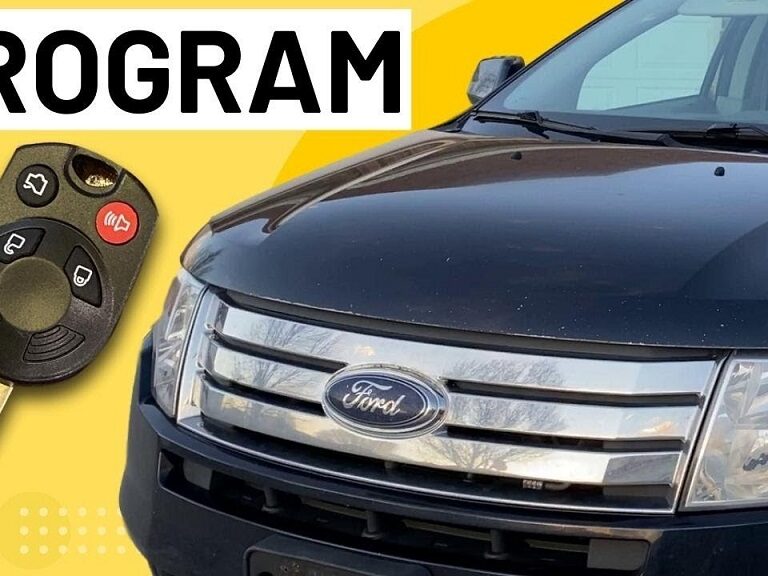


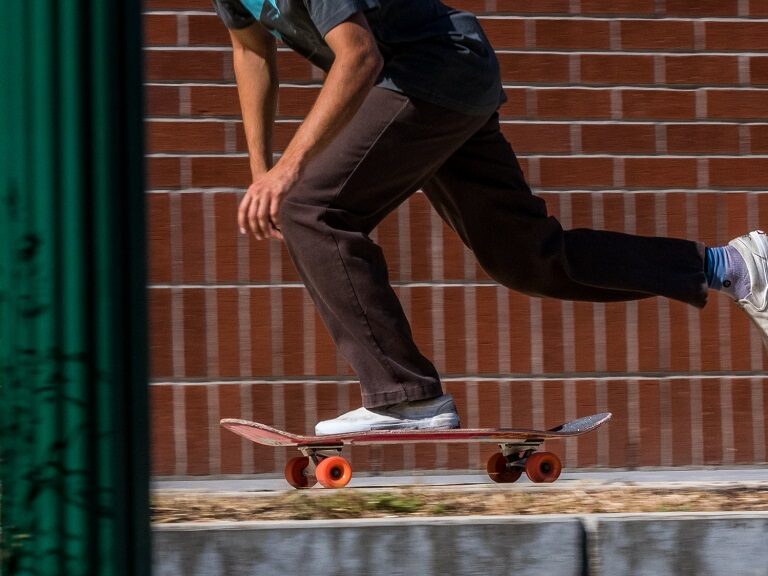



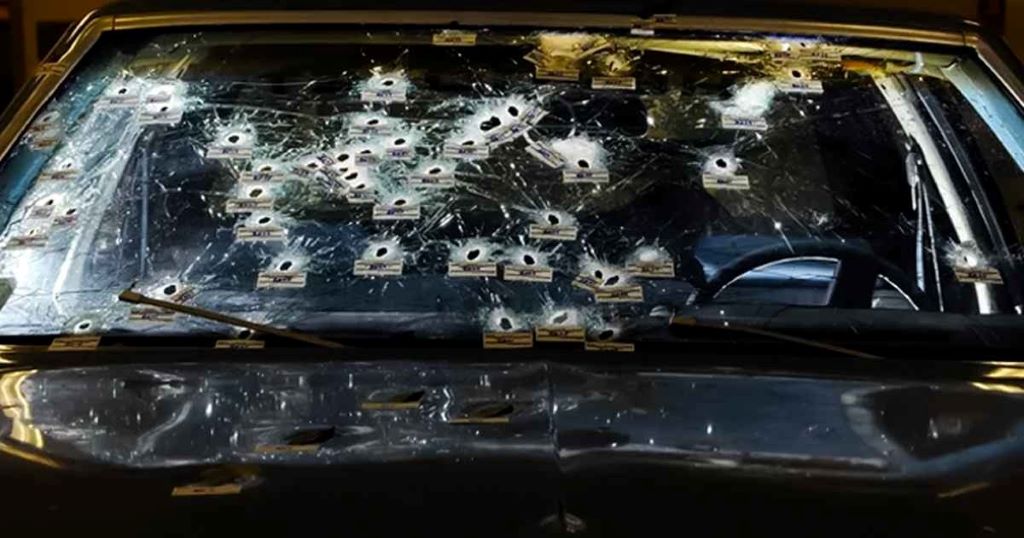
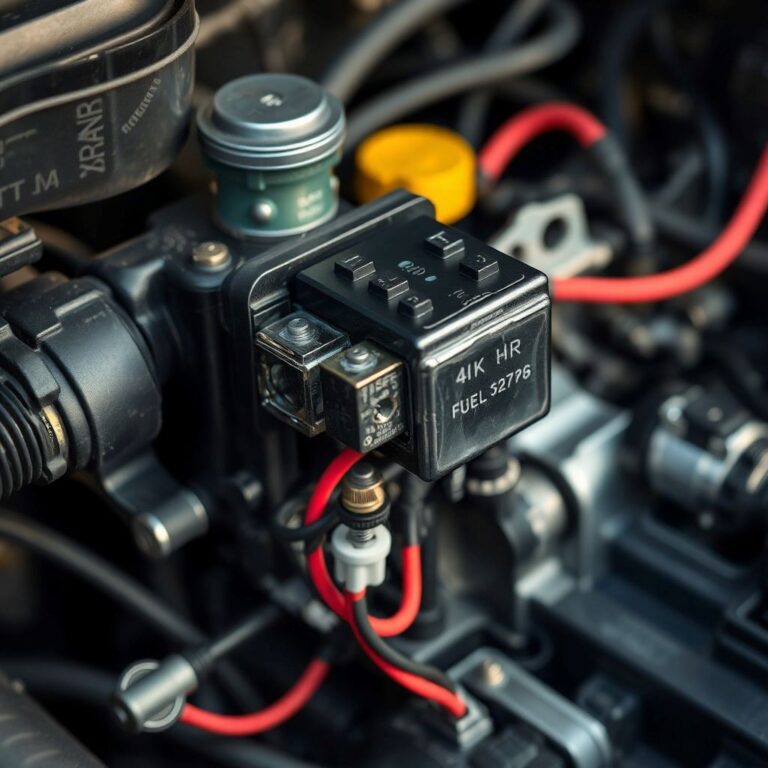




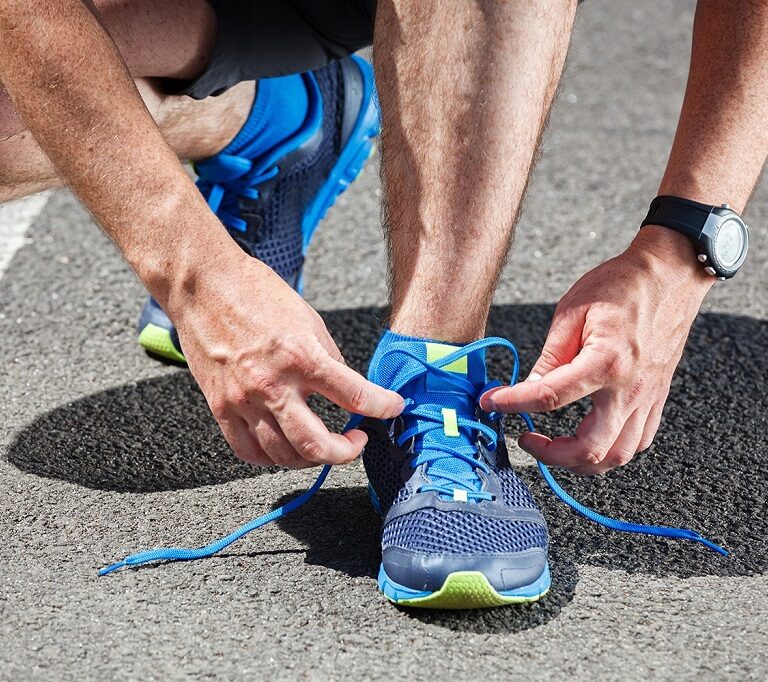

+ There are no comments
Add yours